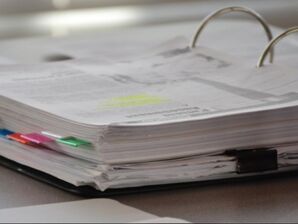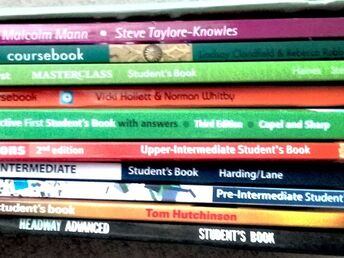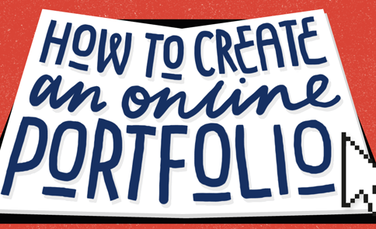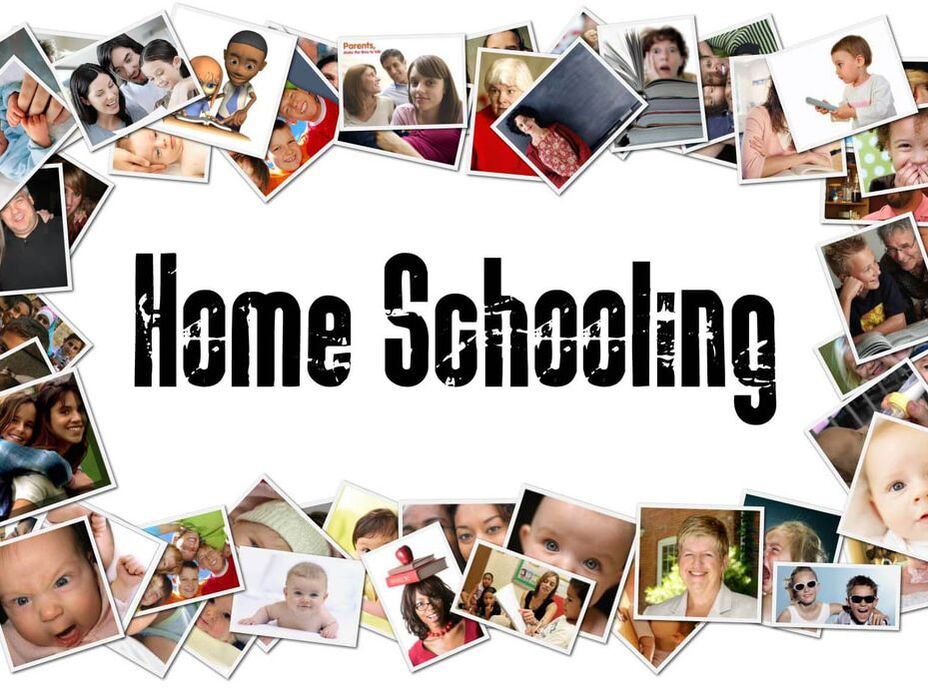Helpful ideas to make creating a portfolio less stressful and more meaningful for your family.
Portfolio Requirements
(according to state statutes):
Having a Florida certified teacher evaluate the student's progress is just one of 5 options for satisfying the annual evaluation requirement.
Section 1002.41, F.S., defines a portfolio as:
The statutes do not state the way in which you present this portfolio - just that it includes the contents listed above. This allows home educators to create student portfolios in a way that meets individual needs.
Examples of how each section of the portfolio may be kept:
Section 1002.41, F.S., defines a portfolio as:
- “A log of educational activities which is made contemporaneously with the instruction and which designates by title any reading materials used and samples of any writings, worksheets, workbooks, or creative materials used or developed by the student. The portfolio shall be preserved by the parent/guardian for two years and shall be made available for inspection by the superintendent, or the superintendent’s agent, upon a 15-day written notice. The superintendent, or the superintendent’s agent, is not required to inspect all portfolios.
The statutes do not state the way in which you present this portfolio - just that it includes the contents listed above. This allows home educators to create student portfolios in a way that meets individual needs.
Examples of how each section of the portfolio may be kept:
- Log of Educational Activities: This should be kept contemporaneously (daily, weekly, or monthly) and should include completed activities- not what is "planned" to be done. You may like to keep plans and then check mark or notate what is actually completed by the student afterward. Here are some of the ways I have seen the log of activities kept:
- Online Program log in/activity completion transcripts
- Copied Table of Contents and/or class syllabus with dates/check marks/notations to show what was completed
- Photos with captions and dates
- Dated lists of field trips, assignments, projects, documentaries, and/or games, etc.
- Teacher or Student Planner with activities noted
- Monthly Calendar with activities noted simply on each day
- List of Reading Materials Used: This can be kept in a list form or noted throughout the log of activities. If your family often purchases reading materials, or checks out materials from a library, you can keep the receipts as a list. They should be specific to each student.
- Samples of work: These samples can be kept in multiple formats depending the style of learning or how the student shows progress. It's important to date materials so that you can easily go back and show progress from the beginning to end of year through samples.
Portfolio Examples:
The following examples describe how I have seen portfolios organized. If the required portfolio contents are included, you can be as creative as you like with the ways in which you piece them together.
The Binder or File Box
|
The binder/file box portfolio is the version I see most often. The way in which the binder/box is organized is often varied by family. Most will include the log of educational activities, list of reading materials and then work samples. Here are some ideas for organization:
|
The Textbooks/Workbooks/Online Programs
|
The Online Blog or Group Page
|
A lot of families are turning to online portfolios. Here are the two ways I have seen this done most successfully:
|
Photo Compilation
|
Many families choose to show progress through photos. I've seen them printed, compiled in online albums, bound in photo books, etc. Here are some of the types of photos I have seen featured in these portfolios.
|




